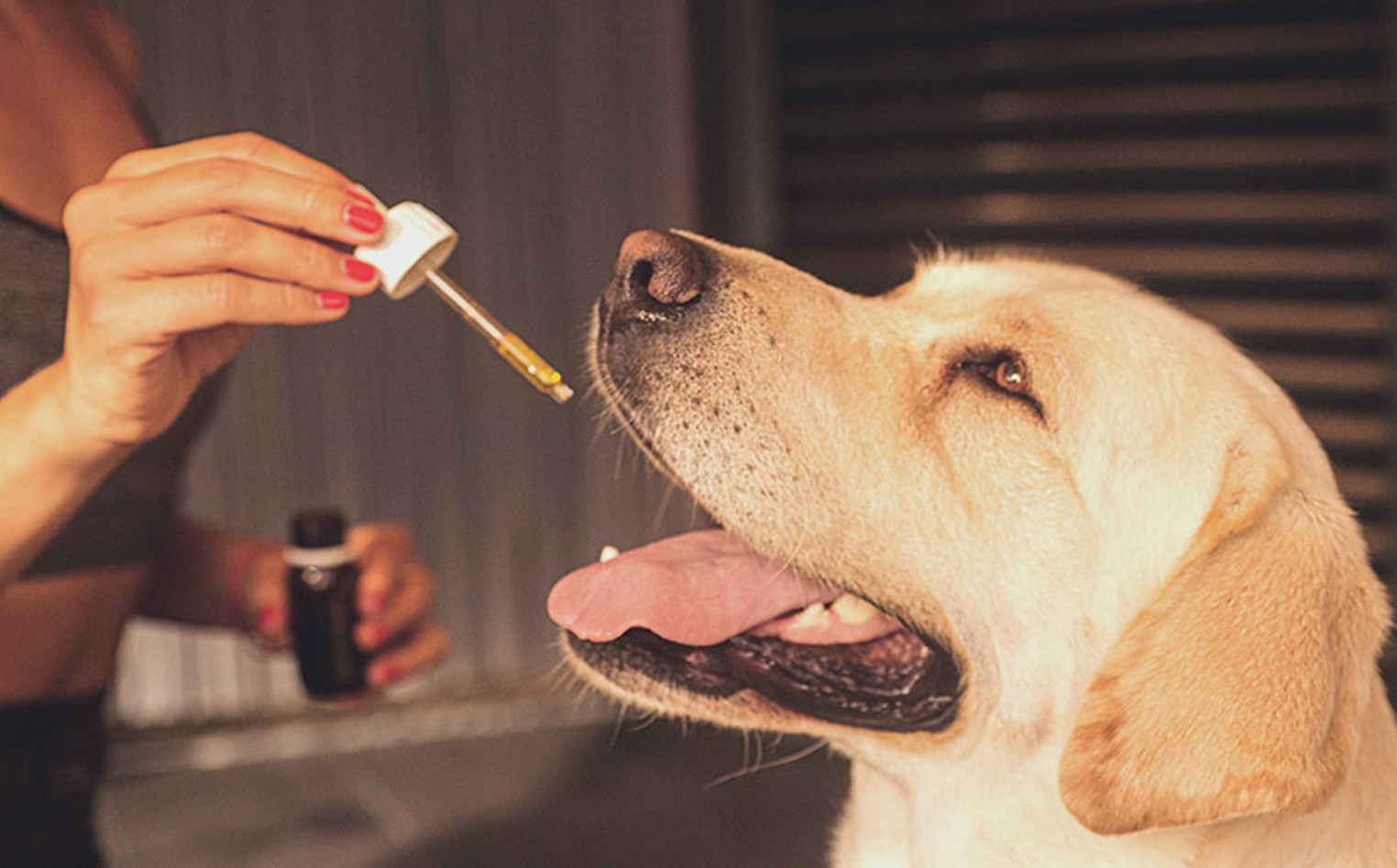For years, farmers worked to strip the plant of its toxic chemicals, and now, we can make good use of its abundant nutrients.
While we were engaged in our agrarian summer, many of us found ourselves intensely curious about something other than food — and that was the root of dandelions. In fact, we were so busy devouring the dandelion greens that we rarely stopped to look at the root. It was a fibrous mass, tough as shoe leather and covered in wax-like scabs that made it difficult to dig out. Our forebears had been harvesting dandelion roots since prehistoric times.
Now, it turns out, we can make good use of these roots. They contain a range of minerals essential to our health. On the whole, root crops like Dandelions are healthier than the more traditional sweet root vegetables.
We already know that dandelion roots, roots of various carrots and turnips, are an excellent source of calcium, potassium and phosphorus. However, we may be surprised to learn that other dandelion root compounds include lutein, vitamin A, folate, zinc, manganese, vitamin B6, iron and small amounts of magnesium, copper and potassium. Some people have even reported positive results after taking the root as a tonic, although many scientists remain skeptical of dandelion’s health benefits.
“The American Cancer Society still classifies dandelion as a toxin,” says Dr. Phyllis Gee, author of Dandelions and Other Root Vegetables. “Dandelion has been known for a very long time for the toxins it contains. It’s the only food that has phytohormones in it that is a toxin. The only plant that has them is a weed, and that’s because of the toxins it makes.”
Dandelion may have been a weed for centuries, but that doesn’t make it a dangerous weed. It may actually be one of the most benign of the weed species.
The first thing to remember about dandelion is that it’s not poisonous. The plant itself is usually not considered toxic, because the leaves, stems, and tender roots of dandelion are all edible. However, the seeds, which the plant can produce, are not part of the root and are considered poisonous. A pregnant woman should avoid dandelion roots. The greens and leaves, on the other hand, have been used by generations of people in the form of salads, in soups, and in stews and other dishes.
Conclusion:
All parts of the dandelion plant can be consumed, but only the roots and young shoots should be consumed in the raw state. Cooking can be done to increase the digestibility of the nutrients. You can check my review here to learn more on the plant cooking recipes.




